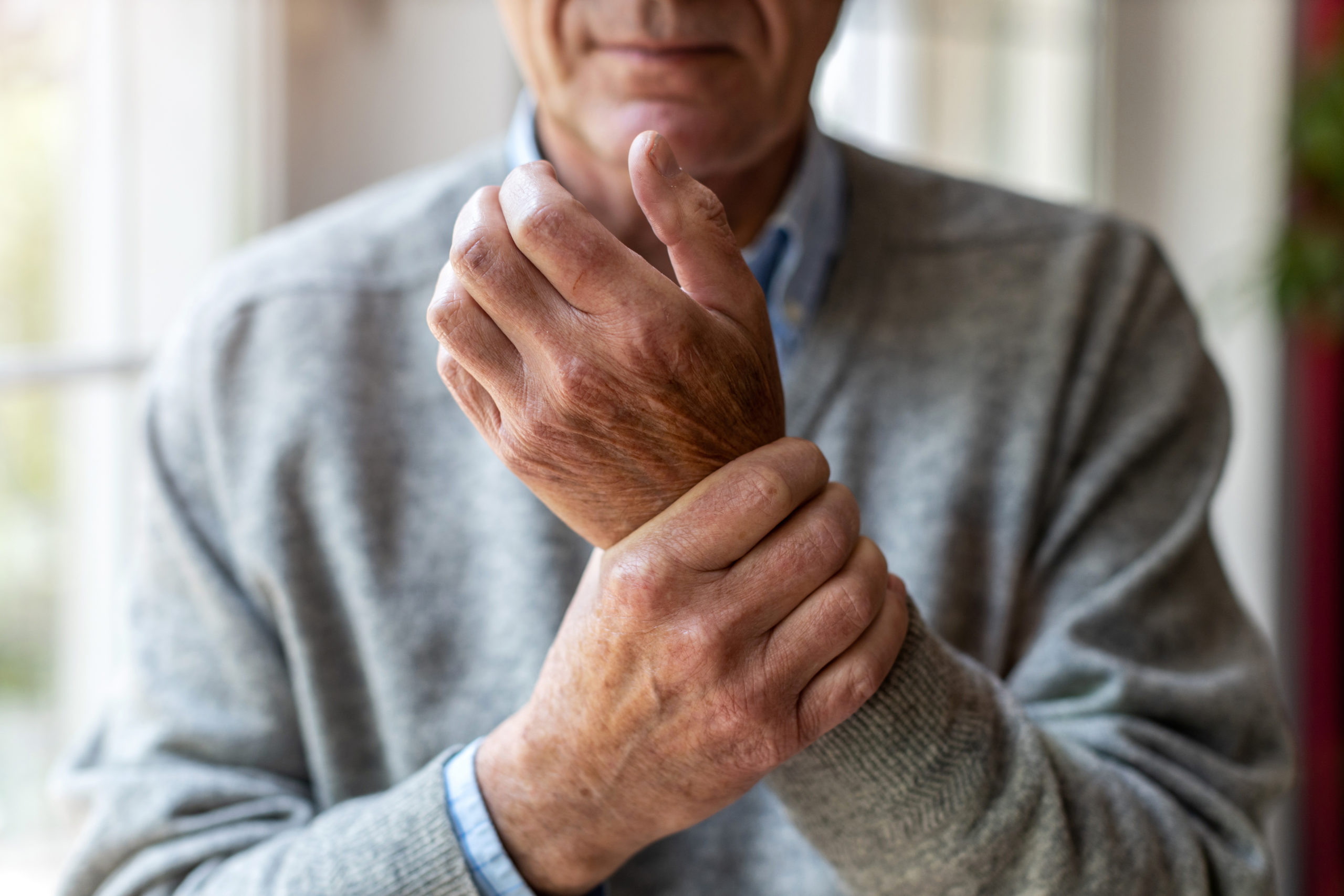Many seniors face debilitating pain as a result of arthritis. One study found that 24% of adults experienced arthritis in America, with that proportion being even higher among the senior population. While this condition mainly effects the joints, it can also lead to issues in other areas of the body. Arthritis is a long-term condition that typically worsens over time. However, there are steps one can take to prevent it, as well as treatments to stop it from getting worse.
Different Types of Arthritis
There are over 100 different types of arthritis-related conditions, and the risk factors and prevention methods depends on the type being discussed. We’ll go over the most common types of arthritis, starting with osteoarthritis (referred to as OA).
This type of arthritis, the most common in the US, affects over 32.5 million adults. As joints are repeatedly used, the soft cartilage around them begins to wear down. Once that cartilage has worn down enough, the bones on either side of the joint begin to rub against each other, causing pain and inflammation. Some risk factors for osteoarthritis are unavoidable. These include age, sex (women are more likely to develop OA), and genetics (having family members with OA means you’re more likely to develop it). Other risk factors for OA are controllable. These include obesity (reduced weight means reduced load on joints and improved metabolic factors that prevent OA) and overuse of joints, which leads cartilage to break down much more quickly.
The next most common type of arthritis is rheumatoid arthritis (RA). This is a chronic autoimmune condition, where the immune system mistakenly attacks the body’s own tissue. Rather than stemming from wear-and-tear on joints, RA affects the lining of the joints, causing them to swell painfully. The risk factors for RA are a little bit different than for OA. Age is still a large factor, with most people beginning to show symptoms in their early 60s. Women are also more likely to develop RA, at about two-to-three times more likely than men. Early life exposure to harmful factors can also make a difference, with people whose parents smoked being more likely to develop RA, as well as those who grew up in poverty.
Preventing Arthritis in Older Adults
While arthritis is a chronic condition, meaning it typically won’t disappear once it’s shown up, there are steps you can take to prevent it from developing in the first place. These are strategies anyone can use, but you should talk with your doctor and see what steps they advise you to take. Having a personalized plan for long-term health is an important step for anyone to take, and can go a long way towards preventing long-term illness in old age. With that said, here are some strategies for preventing arthritis:
- Stay at a healthy weight. Being heavier puts increased pressure on joints, especially those in the lower body. This is especially effective at preventing osteoarthritis, but also plays a role in different kinds of arthritis as well.
- Exercise regularly. This will help you control your weight, but also improves muscle and joint strength. Focus on low-impact exercises like walking, swimming, or cycling which don’t put as much pressure on joints.
- Stretch regularly. Stretching can help improve range of motion and keep joints limber. It will also help prevent injuries to joints or muscles, something that is a risk factor for developing arthritis later in life.
- Quit smoking. Smoking puts stress on joints and decreases circulation through vasoconstriction (making blood cells smaller temporarily).
- Keep blood sugar levels low. A high level of blood sugar can stiffen joints, and makes them more sensitive to stress.
Treating Arthritis in Older Adults
The best steps to treat arthritis depend on which type, but best practice is always working with a doctor and coming up with a treatment plan. Here are some of the most common treatments for arthritis:
- Drugs that reduce pain and inflammation such as over the counter anti-inflammatories (aspirin, ibuprofen) or medications prescribed by a doctor.
- Drugs that suppress the immune system are recommended for certain types of arthritis that stem from an autoimmune condition.
- Physical therapy can also help, mostly by strengthening muscles. This takes pressure off of joints, allowing the burden of movement to be distributed more evenly throughout the body.
Related Articles

Reducing Joint Pain
With the right preparation, seniors can save themselves significant time and pain. Here are our tips to reduce joint pain for seniors.

Chronic Pain
Chronic pain in aging adults is sadly a common occurrence. But with your support, there are a variety of options to help manage their pain.

Social Walking
Help keep a loved one both physically and socially active. Learn the benefits of social walking and how to implement a routine with a parent.




Leave a Reply